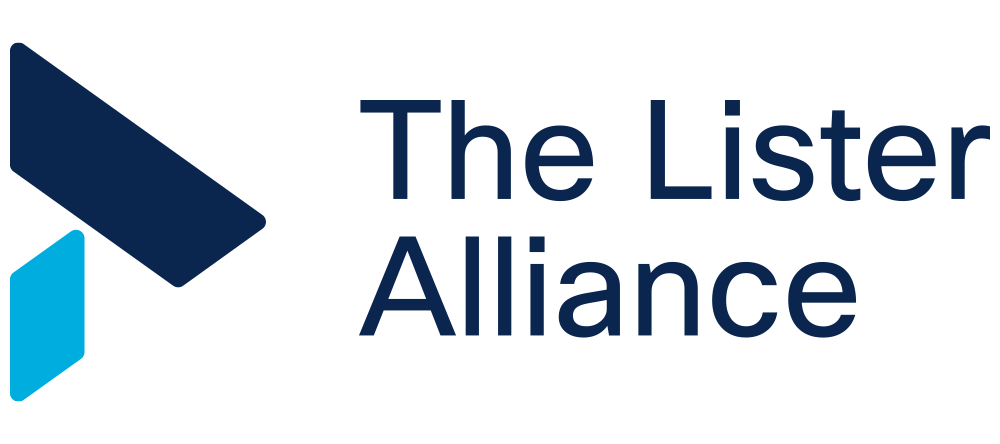Schneider Electric Net-Zero Commitment
Like all sectors, sustainability is a major imperative for healthcare. While projects such as the smart lighting initiative the Lister Alliance is delivering at Westmorland General Hospital can help with reducing scope one emissions, it's important for the NHS and care providers to consider the sustainability practices of their partners too. Here, Lister Alliance partner Schneider demonstrates their commitment to bridging progress and sustainability for all. Not only are they a sustainability enabler, supporting partners and customers with their digital solutions and services, they are also a sustainability practitioner, leading in ESG and committed to become Net-Zero across our end-to-end value chain. Here is their roadmap to do so, with concrete Net-Zero targets validated by the Science Based Targets initiative. They are already tackling the reduction of emissions across all scopes (1, 2 and 3) and keep bringing their ecosystem along, in line with an ambition to contribute to limiting global temperature rise to 1.5°C
Net-Zero roadmap: across all scopes
Net-Zero roadmap: key initiatives
Methodological note
Definitions
Carbon neutral: a state in which the GHG emissions released into the atmosphere have been reduced or avoided and the remaining ones are compensated with carbon credits. To achieve carbon neutrality, carbon credits from projects that reduce, avoid or temporarily capture GHGs are accepted.
Source: UNFCCC
Net-Zero ready: our Scope 1 and 2 emissions will have decreased by -90% in 2030, compared to 2017. In addition, residual emissions will be balanced through carbon removal credits. Therefore Scope 1 and 2 emissions will be “ready” for meeting the long-term Net-Zero target, when Scope 3 emissions achieve the same level of reduction.
Therefore, a critical distinction lies in two aspects between the “carbon neutral” and “Net-Zero” concepts. Indeed both “Net-Zero” and “Net-Zero ready” targets of Schneider Electric are a combination of a drastic reduction target and the use of carbon credits on the one hand, and on the other hand, the carbon credits can only be sourced from removal credits (and not from reduction credits)
Offsets: offsets or carbon credits represent GHG emissions that have been reduced, avoided or captured through projects that are verified according to credible standards.
Source: UNFCCC1
Removals: measures that companies take to remove carbon from the atmosphere and permanently store it within or beyond the value chain.
Source: SBTi2
Residual emissions: emissions sources that remain unabated in a specific year of a mitigation scenario.
Source: SBTi2
Baseline
The baseline year for the 2030 target on Scopes 1 and 2, which is to reduce our emissions by 90%, is 2017. All other targets have a 2021 baseline year.




